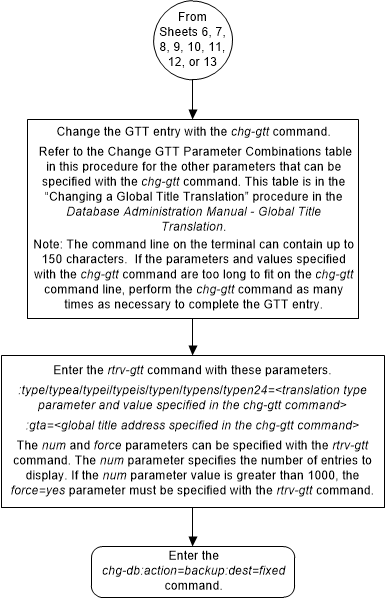| Oracle® Communications EAGLE Database Administration - GTT User's Guide Release 46.8 F11880-02 |
|
 Previous |
 Next |
| Oracle® Communications EAGLE Database Administration - GTT User's Guide Release 46.8 F11880-02 |
|
 Previous |
 Next |
This procedure is used to change the routing objects for
messages requiring global title translation in the database using the
chg-gtt command.
The
chg-gtt command uses these parameters.
:gta – Global title start
address – along with the
egta parameter, identifies all valid
global titles for the given translation type to translate to the given
pc or
ssn parameters. These are the non-SS7
addresses transmitted to the STP for translation.
:type/typea/typei/typeis/typen/typens/typen24 – The
translation type and network type of the translation type that is being
assigned to the global title translation. The value of this parameter is shown
in the
rtrv-tt output and provisioned in the
Adding a Translation Type
procedure.
:ttn – The name of the
global title translation type
:egta – Global title end
address. This parameter, along with the
gta parameter, identifies all valid
global titles for the given translation type to translate to the given
pc or
ssn parameters. These are the non-SS7
addresses transmitted to the STP for translation.
:xlat – Translate
indicator – defines the type of global title translation that is to be
performed.
:ri – Route indicator –
indicates whether a subsequent global title translation is required.
:pc/pca/pci/pcn/pcn24 –
The point code of the signaling point that is to receive the message.
Note:
See Chapter 2, Configuring Destination Tables, in Database Administration - SS7 User's Guide for a definition of the point code types that are used on the EAGLE and for a definition of the different formats that can be used for ITU national point codes.:ssn – Subsystem number –
identifies the subsystem address that is to receive the message.
:gtmodid - the name of
the GT modification identifier shown in the
rtrv-gtmod output and provisioned in
the
Adding Global Title Modification Information
procedure. The GT modification identifier contains the information to modify
the numbering plan, nature of address indicator, and the prefix or suffix
digits in the called party address or calling party address portion of outbound
MSUs.
:mrnset – The MRN set ID,
shown in the
rtrv-mrn command. The
mrnset parameter can be specified only
if the Flexible GTT Load Sharing feature is enabled. If the Flexible GTT Load
Sharing feature is enabled and the
ri parameter value will be
ri=gt when this procedure is completed,
and the original global title translation being changed in this procedure did
not have an MRN set ID assigned to it, the
mrnset parameter must be specified with
the
chg-gtt command. The MRN set ID
assigned to the global title translation in this step must contain the point
code value that will be assigned to the global title translation being changed
in this step.
:mapset – The MAP set ID,
shown in the
rtrv-mrn command. The
mapset parameter can be specified only
if the Flexible GTT Load Sharing feature is enabled. If the Flexible GTT Load
Sharing feature is enabled and the
ri parameter value will be
ri=ssn when this procedure is
completed, and the original global title translation being changed in this
procedure did not have an MAP set ID assigned to it, the
mapset parameter must be specified with
the
chg-gtt command. The MAP set ID
assigned to the global title translation in this step must contain the point
code and SSN values that will be assigned to the global title translation being
changed in this step.
The status of the Flexible GTT Load Sharing feature is
shown in the
rtrv-ctrl-feat output. To enable the
Flexible GTT Load Sharing feature, perform the
Activating the Flexible GTT Load Sharing Feature
procedure.
:loopset - The value of
this parameter is the name of the loopset that is assigned to the GTT. This
parameter can be specified only if the SCCP Loop Detection feature is enabled.
Enter the
rtrv-loopset command to verify that
the SCCP Loop Detection feature is enabled. Perform the
Activating the SCCP Loop Detection Feature
procedure, if necessary.
:cggtmod - The calling
party GT modification indicator. This parameter specifies whether or not
calling party global title modification is required. The values for this
parameter are
yes (calling party global title
modification is required) or
no (calling party global title
modification is not required). This parameter can be specified only if the
AMGTT or AMGTT CgPA Upgrade feature is enabled. Enter the
rtrv-ctrl-feat command to verify that
either the AMGTT or AMGTT CgPA Upgrade feature is enabled. If the AMGTT or
AMGTT CgPA Upgrade feature is not enabled, perform the
Activating the Advanced GT Modification Feature
procedure to enable the required feature.
:split – Split or change
the range of global title addresses. If the
split=yes parameter is specified, the
existing range of global title addresses is split based on the values of the
gta and
egta parameters. New entries are
created in the global title translation table for each new range created by the
split parameter. The attributes of each
new entry, other than the range of global title addresses, are the same as the
original global title translation entry, if these values are not changed when
the
chg-gtt command is executed. If other
attributes are changed when the
chg-gtt command is executed, the
changed values are in each new entry created by the
split parameter.
If the
split=no parameter is specified, the
range of global title addresses is replaced with the new range of global title
addresses specified by the
gta and
egta parameters.
The default value for the
split parameter is
yes.
Caution:
Changes to the range of global title addresses occur only if the both thegta and
egta parameters are specified and the
values for either of these parameters, or both parameters are different from
the original values in the global title translation. If the
gta and
egta parameters are specified for the
global title translation being changed, and you do not wish to change either of
these values, make sure the
gta and
egta values shown in the
rtrv-gtt output for the global title
translation being changed are specified in the
chg-gtt command.
The following examples illustrate how the
split parameter works and ranges of
global title addresses can be changed.
A global title translation entry in the database contains this range of global title addresses, 5556000 - 5558000.
rlghncxa03w 10-07-25 09:45:31 GMT EAGLE5 42.0.0
TYPEA TTN NDGT
15 tst1 7
GTT TABLE IS (27000 of 269999) 10 % FULL
START GTA END GTA XLAT RI PC
5556000 5558000 DPCSSN GT 003-003-003
MRNSET=114 SSN=254 GTMODID=--------- CGGTMOD = NO
Command Retrieved 1 Entries
The global title translation is changed with a new range
of global title addresses, 5556800 - 5559000, and with the
split=no parameter.
chg-gtt:ttn=tst1:gta=5556800:egta=5559000:split=no
The range of global title addresses is changed to 5556800 - 5559000.
rlghncxa03w 10-07-25 09:45:31 GMT EAGLE5 42.0.0
TYPEA TTN NDGT
15 tst1 7
GTT TABLE IS (27000 of 269999) 10 % FULL
START GTA END GTA XLAT RI PC
5556800 5559000 DPCSSN GT 003-003-003
MRNSET=114 SSN=254 GTMODID=--------- CGGTMOD = NO
Command Retrieved 1 Entries
In this example, the range of global title addresses is
made smaller by specifying the range of global title addresses 5556500 -
5557500, and with the
split=no parameter.
chg-gtt:ttn=tst1:gta=5556500:egta=5557500:split=no
rlghncxa03w 10-07-25 09:45:31 GMT EAGLE5 42.0.0
TYPEA TTN NDGT
15 tst1 7
GTT TABLE IS (27000 of 269999) 10 % FULL
START GTA END GTA XLAT RI PC
5556500 5557500 DPCSSN GT 003-003-003
MRNSET=114 SSN=254 GTMODID=--------- CGGTMOD = NO
Command Retrieved 1 Entries
In this next example, the range of global title addresses
is split with the
gta=5556900 and
egta=5557000 defining where the splits
occur.
chg-gtt:ttn=tst1:gta=5556900:egta=5557000
Since the default value for the
split parameter is
yes, the
split=yes parameter does not have to be
specified to split the range of global title addresses. When the
chg-gtt command is entered, three new
global title translation entries with the new global title address ranges are
created, and the original global title translation entry is removed from the
database. Since the
gta and
egta parameter values specified in this
example are within the original range of global title addresses, the original
range of global title addresses is split into three new ranges. The
START GTA value of the first new range
is the original
START GTA value and the
END GTA value is the
gta parameter value minus one. The
START GTA value of the second new range
is the
gta parameter value and the
END GTA value is the
egta parameter value. The
START GTA value of the third new range
is the
egta parameter value plus 1 and the
END GTA value is the original
END GTA value.
rlghncxa03w 10-07-25 09:45:31 GMT EAGLE5 42.0.0
TYPEA TTN NDGT
15 tst1 7
GTT TABLE IS (27000 of 269999) 10 % FULL
START GTA END GTA XLAT RI PC
5556000 5556899 DPCSSN GT 003-003-003
MRNSET=114 SSN=254 GTMODID=--------- CGGTMOD = NO
Command Retrieved 1 Entries
rlghncxa03w 10-07-25 09:45:31 GMT EAGLE5 42.0.0
TYPEA TTN NDGT
15 tst1 7
GTT TABLE IS (27000 of 269999) 10 % FULL
START GTA END GTA XLAT RI PC
5556900 5557000 DPCSSN GT 003-003-003
MRNSET=114 SSN=254 GTMODID=--------- CGGTMOD = NO
Command Retrieved 1 Entries
rlghncxa03w 10-07-25 09:45:31 GMT EAGLE5 42.0.0
TYPEA TTN NDGT
15 tst1 7
GTT TABLE IS (27000 of 269999) 10 % FULL
START GTA END GTA XLAT RI PC
5557001 5558000 DPCSSN GT 003-003-003
MRNSET=114 SSN=254 GTMODID=--------- CGGTMOD = NO
Command Retrieved 1 Entries
In this next example, the global title translation
containing the range of global title addresses 5557001 - 5558000 is split into
two new ranges with the
gta=5557501 and
egta=5558000 defining where the split
occurs.
chg-gtt:ttn=tst1:gta=5557501:egta=5558000:split=yes
When the
chg-gtt command is entered, two new
global title translation entries with the new global title address ranges are
created, and the original global title translation entry is removed from the
database. The
START GTA value of the first new range
is the original
START GTA value and the
END GTA value is the
gta parameter value minus one. The
START GTA value of the second new range
is the
gta parameter value and the
END GTA value is the
egta parameter value. In this example,
the
egta parameter is also the original
END GTA value.
rlghncxa03w 10-08-25 09:45:31 GMT EAGLE5 42.0.0
TYPEA TTN NDGT
15 tst1 7
GTT TABLE IS (27000 of 269999) 10 % FULL
START GTA END GTA XLAT RI PC
5557001 5557500 DPCSSN GT 003-003-003
MRNSET=114 SSN=254 GTMODID=--------- CGGTMOD = NO
Command Retrieved 1 Entries
rlghncxa03w 10-07-25 09:45:31 GMT EAGLE5 42.0.0
TYPEA TTN NDGT
15 tst1 7
GTT TABLE IS (27000 of 269999) 10 % FULL
START GTA END GTA XLAT RI PC
5557501 5558000 DPCSSN GT 003-003-003
MRNSET=114 SSN=254 GTMODID=--------- CGGTMOD = NO
Command Retrieved 1 Entries
The range of global title addresses can be changed so long as the new range of global title addresses does not overlap an existing range of global title addresses.
egta=5559000 and
split=no parameters with the chg-gtt
command. However, if another range of global title addresses begins with the
value 5558500, the
egta=5559000
parameter cannot be specified with the
chg-gtt command as the new range
created with the egta=5559000 parameter would overlap the range of global title
addresses beginning with the value 5558500. In this situation, the maximum
value for the egta parameter would be 5558499.
Note:
The command line on the terminal can contain up to 150 characters. If the parameters and values specified with thechg-gtt command are too long to fit
on the
chg-gtt command line, perform the
chg-gtt
command as many times as necessary to complete the GTT
entry.
The
XLAT parameter does not have a SEAS
equivalent. When global title translations are configured at the SEAS
interface, the values for the SEAS parameters
RI,
DPC, and
SSN, all mandatory parameters for the
SEAS
ADD-GTT and
CHG-GTT commands, are converted to the
EAGLE parameters and values shown in
Table 3-8.
Table 3-8 SEAS and Global Title Translation Parameter Conversion
| SEAS GTT Parameters | GTT Parameters | |||||
|---|---|---|---|---|---|---|
| RI | DPC | SSN | XLAT | RI | PC/PCA | SSN |
| G | xxx-xxx-xxx | 000 | DPC | GT | xxx-xxx-xxx | Not Specified |
| D | xxx-xxx-xxx | 002-255 | DPCSSN | SSN | xxx-xxx-xxx | 002-255 |
| G | xxx-xxx-xxx | 002-255 | DPCSSN | GT | xxx-xxx-xxx | 002-255 |
| D | xxx-xxx-xxx | 000 | DPC | SSN | xxx-xxx-xxx | Not Specified |
|
Notes:
|
||||||
The examples in this procedure are used to change the
global title translation data for translation type
15 in the database.
If the translation type is defined as an alias, it cannot
be used in the
chg-gtt command.
dpc (xlat=dpc) and the routing indicator is equal to
ssn (ri=ssn), the point code and subsystem number specified
in the
chg-gtt command must be defined in the
database as a mated application. Verify this by entering the
rtrv-map
command. If this point code and subsystem number is not
defined as a mated application, perform one of these procedures to add the
point code and subsystem number to the database as a mated application:
The point code and subsystem number do not have to be in
the mated application table when the
chg-gtt command is executed when these
parameters are specified with the
chg-gtt command.
ri=gt
xlat=dpcssn and
ri=ssn
If the point code and subsystem are not in the mated
application table when either of these parameters are specified with the
chg-gtt command, the EAGLE creates a
solitary mated application in the mated application table using the point code
and subsystem values specified in the
chg-gtt command.
If the
xlat=dpcssn parameter is specified, the
ssn parameter must be specified.
Otherwise, the
ssn parameter cannot be specified.
If a point code is the STP’s True PC, then the value of
the
XLAT parameter must be set to
DPCSSN and the value of the
RI parameter must be set to
SSN. If the
SSN parameter is specified and a point
code is the STP’s True PC, then the subsystem number specified must exist in
the SS-APPL table. This can be verified with the
rtrv-ss-appl command. To execute the
rtrv-ss-appl command, one or more
features shown in
Table 3-9
must be enabled, and turned on if necessary. The
rtrv-ctrl-feat output shows the
required status of the features.
Table 3-9 Feature Status
| Feature | Feature's Status | Entry Displayed in the rtrv-ctrl-feat Output |
|---|---|---|
| LNP | Enabled | The entry LNP TNs with a quantity greater than zero (0) |
| EIR | Enabled and Turned On | EIR |
| INP | Enabled and Turned On | INP |
| ANSI-41 INP Query | Enabled and Turned On | ANSI-41 INP Query |
| V-Flex | Enabled and Turned On | VFLEX |
| ATINP | Enabled | ATINP |
| ANSI41 AIQ | Enabled | ANSI41 AIQ |
The point code specified in the
chg-gtt command (pc/pca,
pci,
pcn or
pcn24) must be defined in the routing
table. For ANSI point codes (pc/pca), the point code specified in the
chg-gtt command, must be a full point
code. That point code can be defined as a full point code in the destination
point code table, or can be a member of a cluster point code defined in the
destination point code table. Cluster point codes or a network routing point
codes cannot be specified with this command. The
rtrv-rte command can be used to verify
the point codes in the routing table. The point codes are shown in the
DPCA,
DPCI,
DPCN, or
DPCN24 fields of the
rtrv-rte command output. If the point
code is not defined as a route, perform one of the Adding a Route procedures in
Database Administration – SS7 User's Guide
to define the point code as a route.
If the EAGLE’s point code is specified with the
chg-gtt command, then the
xlat=dpcssn and
ri=ssn parameters must be specified.
The EAGLE’s point code is shown in the
PCA,
PCI,
PCN, or
PCN24 fields of the
rtrv-sid command output.
If the
xlat=dpcngt parameter is specified, the
ri=gt parameters must be specified.
A point code containing all zeros is not a valid point code.
An ANSI point code or ITU international point code containing all zeros is not a valid point code and cannot be entered into the database. An ITU national point code containing all zeros is a valid point code and can be entered into the database.
Either the
type parameter or the
ttn parameter must be specified.
If the
type parameter is specified, the
translation type must be in the database. This can be verified with the
rtrv-tt command.
If the
type parameter is not specified, the
translation type name must be assigned to a translation type in the database.
This can be verified with the
rtrv-tt command.
The end global title address (egta) must be greater than or equal to the start global
title address (gta) and its length must be
equal to the start global title address.
If the range as specified by the
gta and
egta parameters does not exactly match
the existing range, the existing range is split. All addresses in the existing
range that are outside the range specified by
gta and
egta, retain the original
xlat,
ri,
pc, and
ssn parameters. A new range is created
and bounded by the
gta and
egta containing new values of
xlat,
ri,
pc, and
ssn as present in the command, and
retaining parameter values from the previous range that do not have
corresponding new values in the command.
However, if the ranges overlap, splitting cannot occur
and the command is rejected. However, if the ranges overlap, splitting cannot
occur, and the
chg-gtt command is rejected with this
message.
E2401 Cmd Rej:GTA range overlaps a current
range
Along with error message 2401, a list of the overlapped global title addresses is displayed as shown in the following example.
rlghncxa03w 07-02-24 08:29:15 GMT EAGLE5 37.0.0 The following GTA ranges overlap the input GTA range START GTA END GTA 8005550000 8005551999 8005552000 8005553999 8005554000 8005555999 CHG-GTT: MASP A - Command Aborted
If the translation type is ANSI (type or
typea), the
pc type must be ANSI (pc or
pca). If the translation type is one of
the ITU types (typei,
typen, or
typen24) the
pc type may be either of the ITU types
(pci,
pcn, or
pcn24). If the ANSI/ITU SCCP Conversion
feature is enabled, the domain (ANSI or ITU) of the translation type and point
code do not have to be the same.
The values specified for the
gta and
egta parameters can be decimal digits
(0-9) or hexadecimal digits (0-9, a-f, A-F). Hexadecimal digits can be
specified only if the Hex Digit Support for GTT feature is enabled. Verify the
status of the Hex Digit Support for GTT feature with the
rtrv-ctrl-feat command. Refer to the
Hex Digit Support for GTT
section for more information on this feature. If the Hex Digit Support for GTT
feature is not enabled, perform the
Activating the Hex Digit Support for GTT Feature
procedure to enable the Hex Digit Support for GTT feature.
Table 3-10
shows the valid combinations for the
xlat,
ri, and
ssn parameters. All other combinations
are rejected.
Table 3-10 Valid Parameter Combinations for the chg-gtt Routing Parameters
| New or Existing XLAT Value | New or Existing RI Value | Routing Action | SSN Value |
|---|---|---|---|
| DPC | GT | Translate DPC only and route on GT | Cannot be specified. The current database entry is removed. |
| DPC | SSN | Translate DPC only and route on SSN | Cannot be specified. The current database entry is removed. |
| DPCSSN | GT | Translate DPC and SSN and route on GT | Must be specified. |
| DPCSSN | SSN | Translate DPC and SSN and route on SSN | Must be specified. |
| DPCNGT | GT | Translate DPC, new translation type (TT), and route on GT | Cannot be specified. The current database entry is removed. |
Canceling the
RTRV-GTT Command
Because the
rtrv-gtt command used in this procedure
can output information for a long period of time, the
rtrv-gtt command can be canceled and
the output to the terminal stopped. There are three ways that the
rtrv-gtt command can be canceled.
F9 function key on the keyboard at
the terminal where the
rtrv-gtt command was entered.
canc-cmd without the
trm parameter at the terminal where
the
rtrv-gtt command was entered.
canc-cmd:trm=<xx>, where
<xx> is the terminal where the
rtrv-gtt command was entered, from
another terminal other that the terminal where the
rtrv-gtt command was entered. To
enter the
canc-cmd:trm=<xx> command, the
terminal must allow Security Administration commands to be entered from it and
the user must be allowed to enter Security Administration commands. The
terminal’s permissions can be verified with the
rtrv-secu-trm command. The user’s
permissions can be verified with the
rtrv-user or
rtrv-secu-user commands.
For more information about the
canc-cmd command, go to
Commands User's Guide.
Figure 3-23 Change a Global Title Translation - Sheet 1 of 14
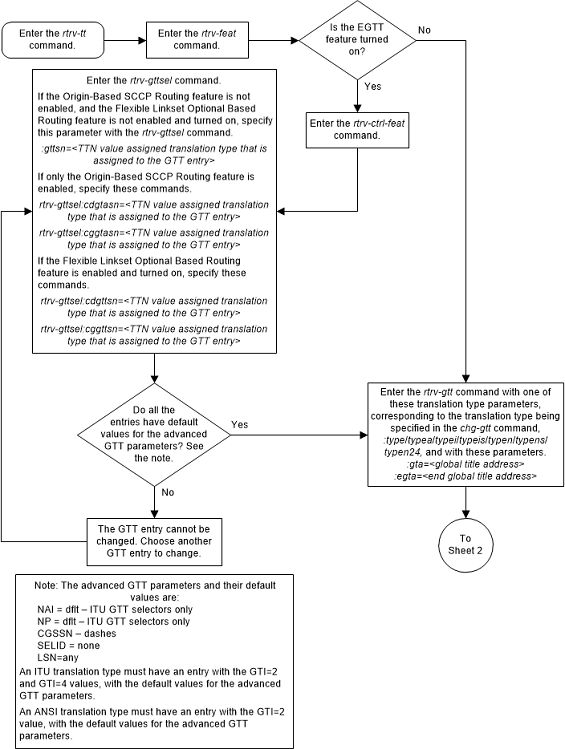
Figure 3-24 Change a Global Title Translation - Sheet 2 of 14
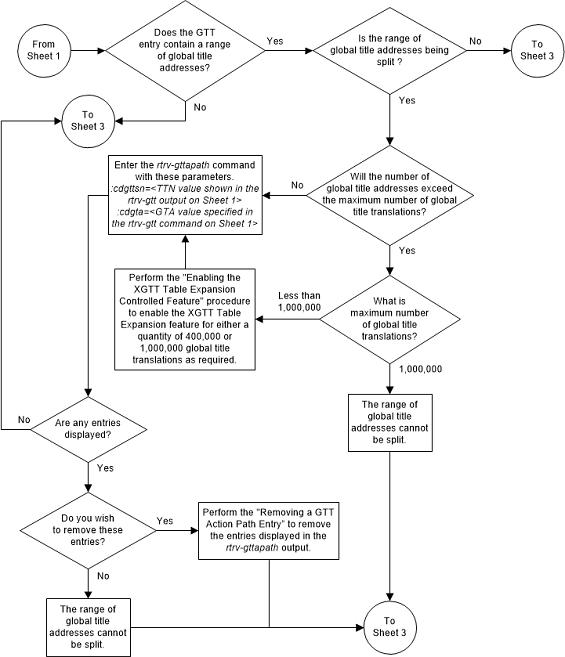
Figure 3-25 Change a Global Title Translation - Sheet 3 of 14
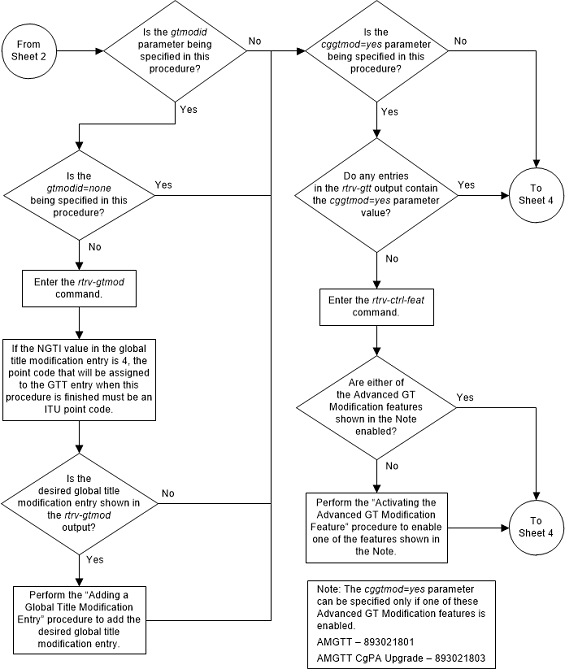
Figure 3-26 Change a Global Title Translation - Sheet 4 of 14
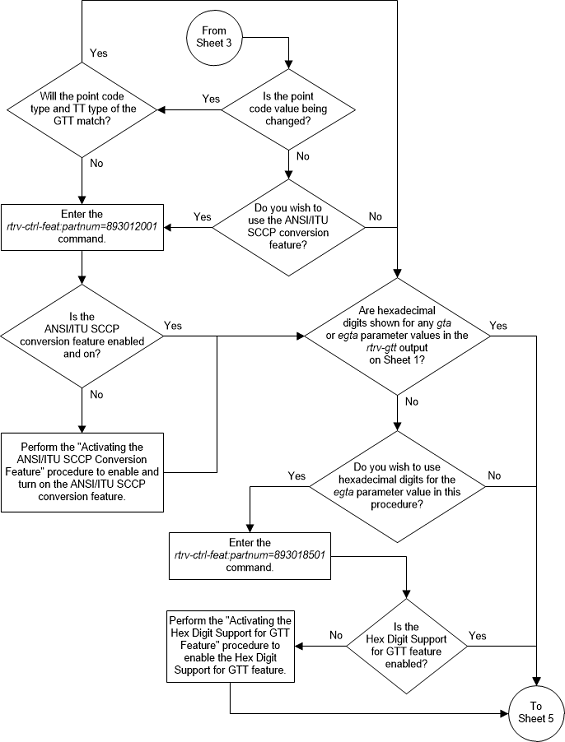
Figure 3-27 Change a Global Title Translation - Sheet 5 of 14
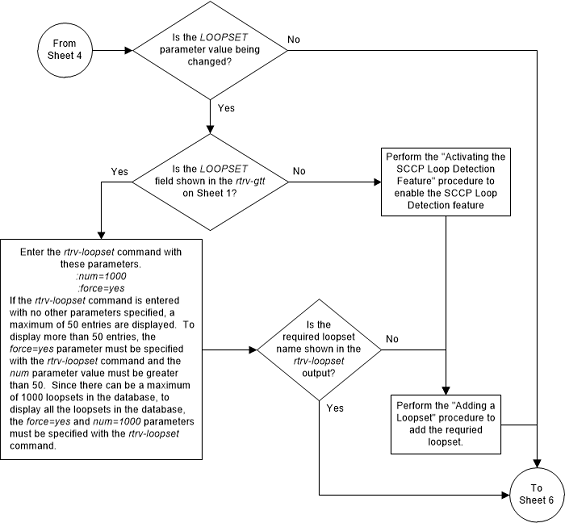
Figure 3-28 Change a Global Title Translation - Sheet 6 of 14
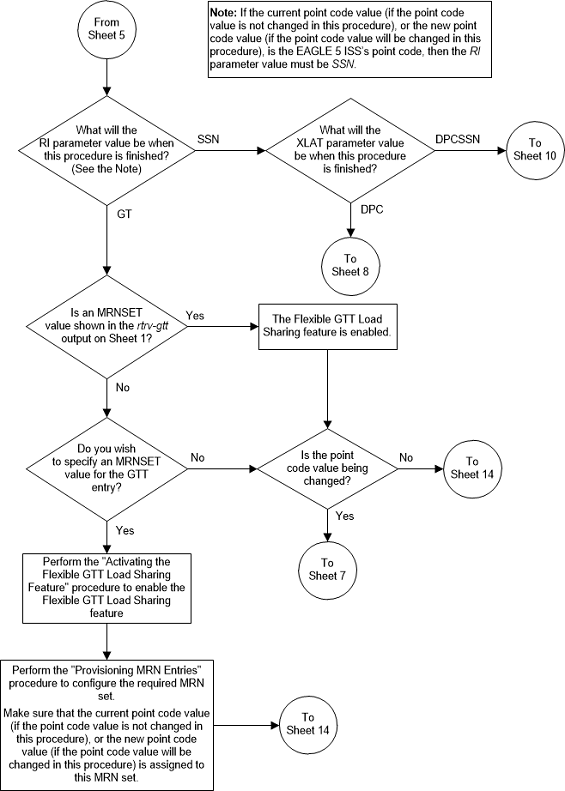
Figure 3-29 Change a Global Title Translation - Sheet 7 of 14
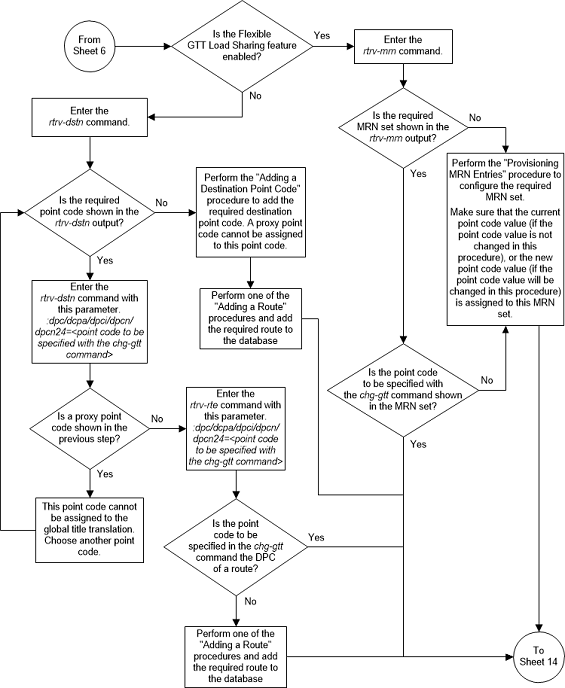
Figure 3-30 Change a Global Title Translation - Sheet 8 of 14
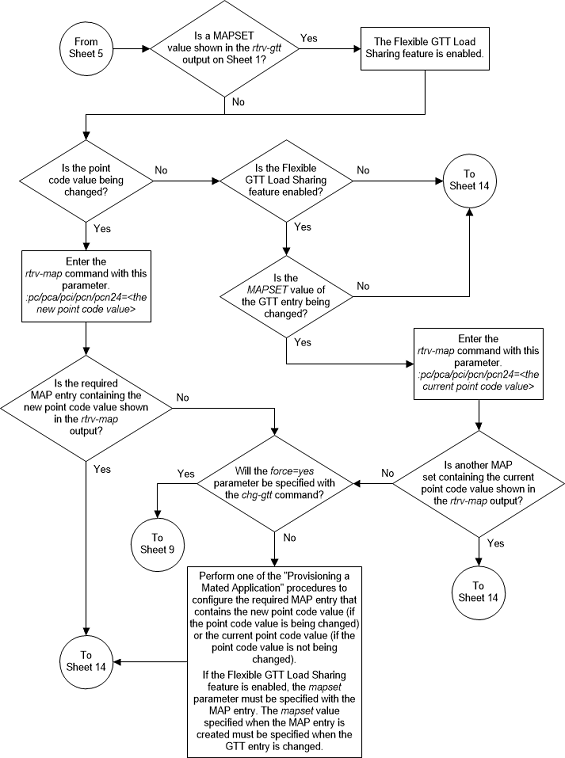
Figure 3-31 Change a Global Title Translation - Sheet 9 of 14

Figure 3-32 Change a Global Title Translation - Sheet 10 of 14

Figure 3-33 Change a Global Title Translation - Sheet 11 of 14

Figure 3-34 Change a Global Title Translation - Sheet 12 of 14
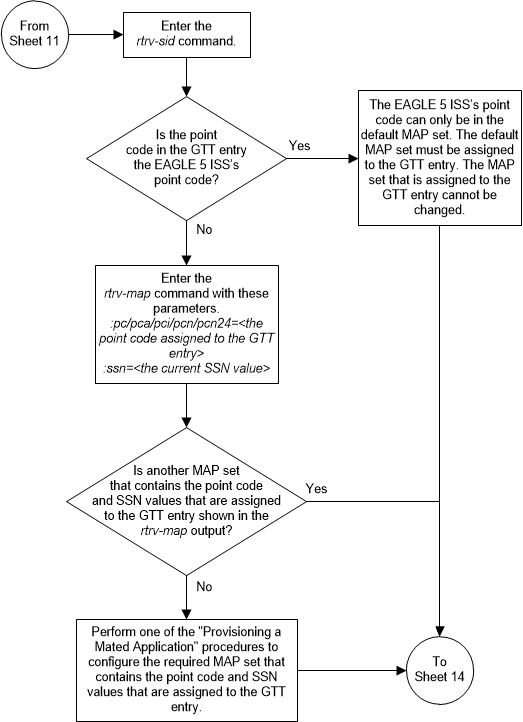
Figure 3-35 Change a Global Title Translation - Sheet 13 of 14

Figure 3-36 Change a Global Title Translation - Sheet 14 of 14
